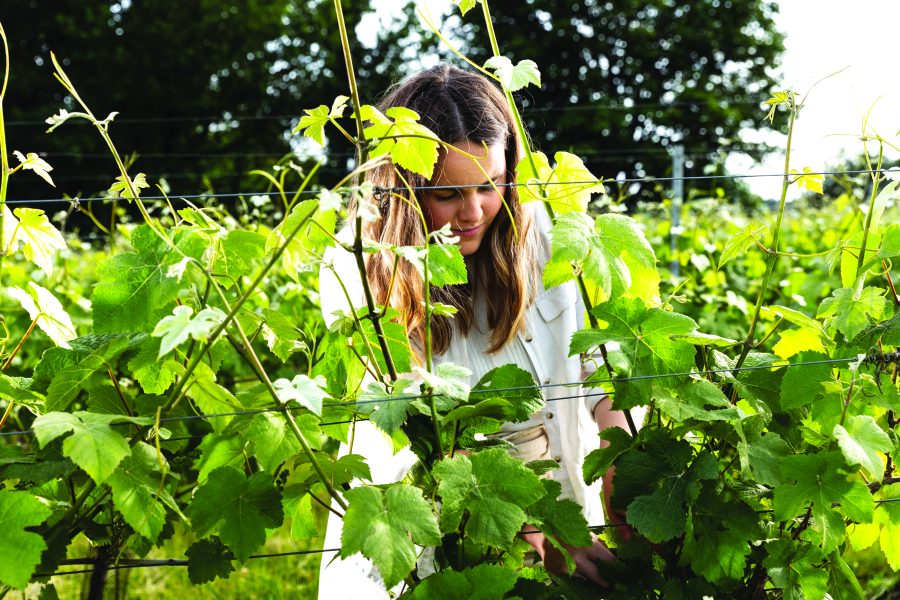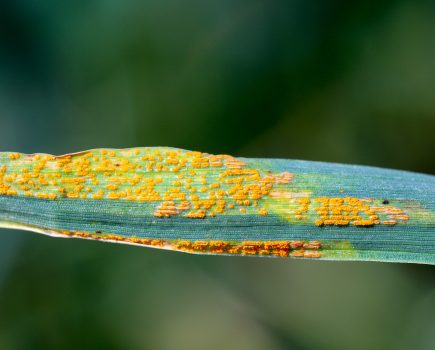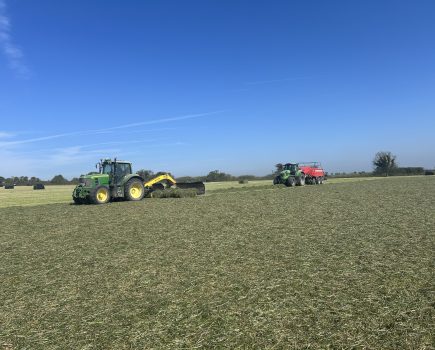March dry spell underscores South East’s water challenges.
We’ve touched previously on the growing pressures the South East faces with increasingly erratic weather patterns. As we move into spring 2025, this concern has become even more pressing following one of the driest Marches on record in England.
According to provisional data from the Met Office, March 2025 was exceptionally dry across much of the UK and particularly in England. Average rainfall for England during the month was just 18.1mm; only 29% of the long term average for March. In the South East, some areas received even less, with parts of Kent and Sussex seeing under 10mm of rain across the entire month. These figures place it among the top five driest Marches since records began in 1836.
This shortfall in rainfall follows a winter that, while wet in parts, failed to consistently replenish soil moisture and groundwater reserves in key growing areas. As a result, growers are already seeing signs of early soil drying, with field capacity not fully restored before the critical spring growing season. For fruit producers, this creates a worrying outlook, particularly given how much yield and quality rely on consistent water availability during flowering and early fruit set.
The South East, home to a large proportion of the UK’s top fruit and soft fruit production, is especially vulnerable. Shallow, free-draining soils typical of parts of Kent, Surrey, and Sussex offer limited water-holding capacity and rely on timely rainfall or supplemental irrigation to sustain healthy crop development. A dry March, coupled with an uncertain April forecast, increases pressure on already stressed water systems.
This year’s conditions are prompting renewed conversations about long-term water security. While emergency irrigation may plug short-term gaps, sustainable strategies are critical. As previously discussed, technologies like drip irrigation remain one of the most efficient ways to deliver water directly to plant roots, reducing evaporation and runoff. In dry springs like this, such targeted approaches make the most of limited resources.
Rainwater harvesting is another valuable tool, yet it hinges on sufficient winter and early spring rainfall to fill storage tanks. With dry months becoming more frequent, some growers are reassessing their storage capacity and considering larger reservoirs or secondary containment systems.
In-field soil moisture sensors are also proving invaluable. By providing real time feedback, they help growers make informed decisions about when and where to irrigate, preventing waste and ensuring crops receive water only when it’s genuinely needed. With less room for error in years like this, these tools are fast becoming essentials rather than luxuries.
Looking ahead, climate projections suggest that dry springs could become more common, even as winter rainfall becomes more extreme and concentrated into shorter periods. This imbalance of too much water when it’s least useful and too little during critical growth periods will demand thoughtful adaptation across every area of agriculture.
In response, several grower groups and water management organisations are calling for enhanced funding and policy support to accelerate on-farm water infrastructure improvements. This includes streamlined permissions for reservoir construction and clearer guidance on abstraction during periods of prolonged dryness.
While the weather cannot be controlled, the way we prepare for and respond to it can make a crucial difference. March 2025 has served as another reminder that water management is no longer a seasonal issue but a year round strategic concern. For South East growers, investing in resilience now may prove the key to sustaining quality yields in an increasingly unpredictable climate.







